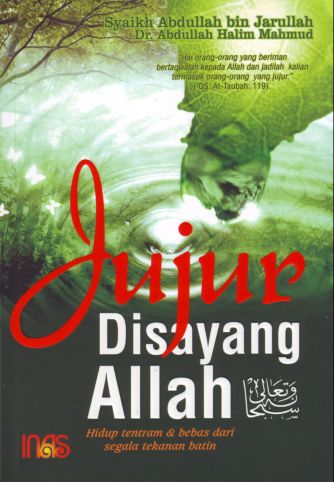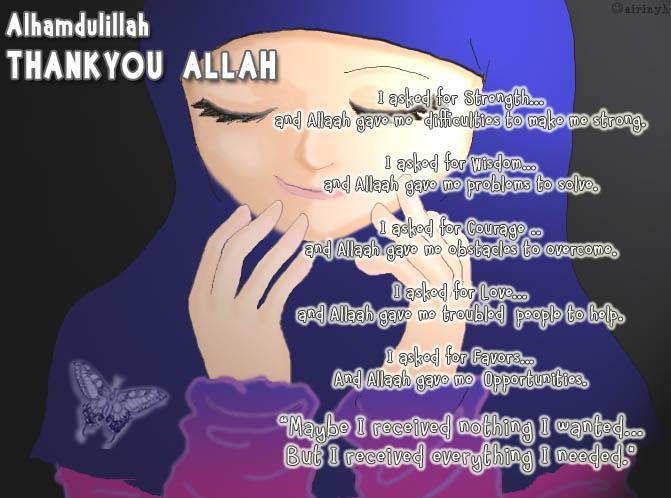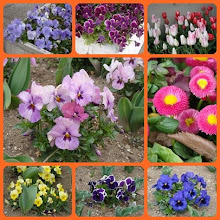Assalamualaikum wbt...
Hari ini cuaca mendung dan sejuk..menghadkan pergerakan untuk keluar rumah bersama zameer...berkurung dalam rumah membuatkan diri sungguh bosan...Padahal banyak yang boleh dilakukan untuk mengisi masa dengan lebih bermanfaat...cuma,disebabkan mood bosan telah menyelubungi diri,maka banyak krja yang ditangguhkan...
Youtube,Facebook,emel sudah berkali kali dibuka...cuma hari ni sungguh gembira kerana dapat mendengar dan menghayati satu lirik lagu dari kumpulan SMAP...kumpulan ni sangat terkenal di jepun...imej baik yag ditonjolkan melonjakkan lagi nama mereka hingga hari ini...
ini adalah terjemahan lirik lagu nya:
Sekai Ni Hitotsu Dake No Hana
(A Flower There's Only One Of In The World)
Hanaya no misesaki ni naranda I looked at all kinds of flowers
Ironna hana wo mite ita Lined up in front of the flower shop
Hito sorezore konomi wa aru kedo Each person prefers a different type
Doremo minna kirei da ne But they’re all beautiful
Kono naka de dare ga ichiban da nante None of them fight
Arasou koto mo shinaide Over who’s the best
Baketsy no naka hokorashige ni They just stand up tall and proud
Shanto mune wo hatte iru In their buckets
Sore na no ni bokura ningen wa So how come we people
Dousjite kou mo kurabetagaru? Want to compare ourselves like this?
Hitori hitori chigau no ni sono naka de Why do we want to be the best
Ichiban ni naritagaru? When everybody’s different?
Sou sa bokura wa Yes, each of us is
Sekai ni hitotsu dake no hana A flower there’s only one of in the whole world
Hitori hitori chigau tane wo motsu Each of us has their own seeds
Sono hana wo sakaseru koto dake ni So let’s just do our best
Isshoukenmei ni nareba ii To make them grow into flowers
Komatta you ni warainagara There are people whose smiles are strained
Zutto mayotteru hito ga iru Because they’re completely lost
Ganbatte saita hana wa doremo But it doesn’t matter
Kirei dakara shikata nai ne Because every flower that’s worked so hard to grow is beautiful
Yatto mise kara dete kita Eventually someone came
Sono hito ga kakaete ita out of the flower shop
Irotoridori no hanataba to Carrying a bunch of flowers in all different colours
Ureshisou na yokogao His face looked so happy
Namae mo shiranakatta keredo I didn’t know his name
Ano hi boku ni egao wo kureta But he gave me a smile
Daremo ki zukanai you na basho de Like a flower that had bloomed
Saiteta hana no you ni In a place nobody had noticed
Sou sa bokura wa Yes, each of us is
Sekai ni hitotsu dake no hana A flower there’s only one of in the whole world
Hitori hitori chigau tane wo motsu Each of us has their own seeds
Sono hana wo sakaseru koto dake ni So let’s just do our best
Isshoukenmei ni nareba ii To make them grow into flowers
Chiisai hana ya ookina hana Little flowers and big flowers
Hitotsu toshite onaji mono wa nai kara Not one is the same as another
Number one ni naranakutemo ii You don’t need to be number one
Motomoto tokubetsu na only one You’re special, the only one of you, to begin with
Kesimpulan yang boleh diambil disini ialah,setiap insan yang Allah ciptakan berbeza,tidak kira dari segi kebolehan,rupa paras...
Jangan sesekali mengharapkan penghargaan dari manusia,kerana kita akan kecewa seandainya tidak dihargai...
namun,lumrah manusia ingin dihargai...
kekadang kita hanya mengharapkan insan yang paling hampir dengan kita menunjukkan @ melafazkan peghargaan @ pujian tanpa diminta,kerana itu akan menunjukkan kita dihargai dan disayangi...namun setiap kali itu lah,kita akan kecewa..
jesteru,kepada siapakah lagi kita menaruh harapan?
-



















